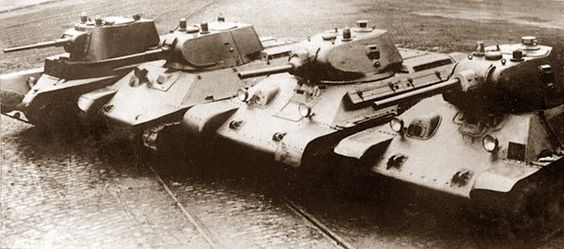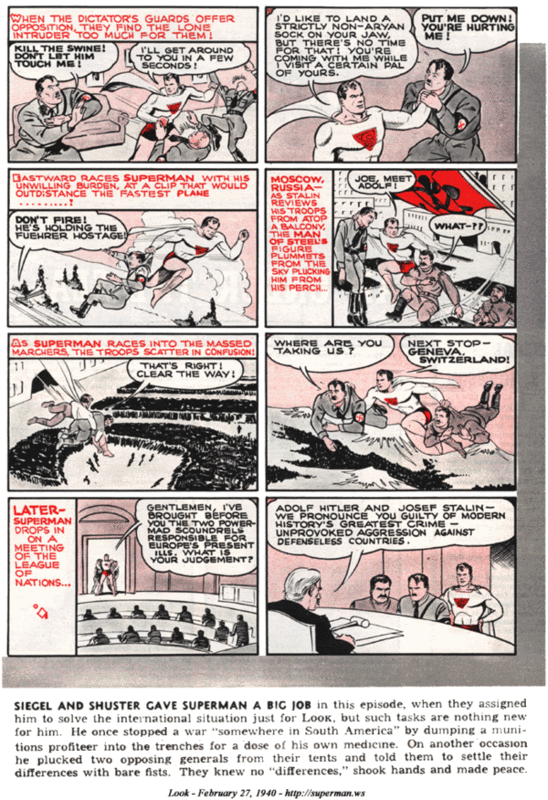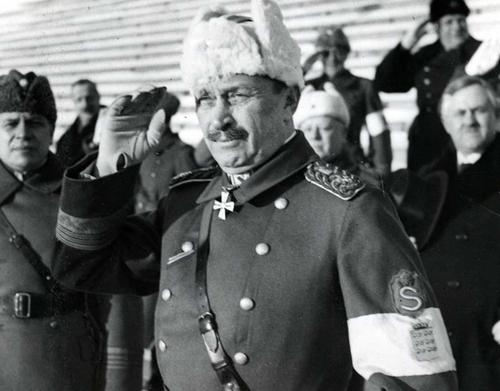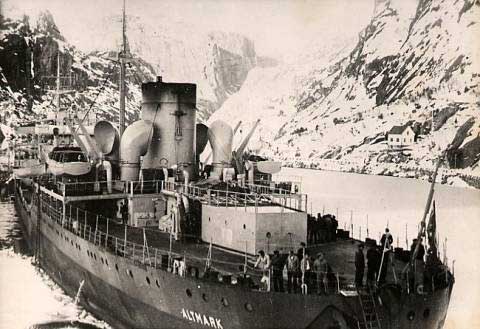Tuesday 27 February 1940
 |
| Evolution of Soviet tanks left to right: A-8, A-20, T-34 model 1940, T34 model 1941. |
The V-line switch position slips further during the day, so at 19:00 toward evening commander of the Finnish Army of the Isthmus, Lieutenant-General Erik Heinrichs authorizes a further withdrawal to the T-Line. This is the final prepared line on the Karelian Isthmus but certainly is no better than the Mannerheim Line. An efficient retreat ensues.
 |
| Look magazine, 27 February 1940. |
They also launch attacks at Taipale. In the Far North, the seesaw battle near Petsamo turns the Soviets' way after a day-long struggle.
Winter War Peace Talks: Finnish Foreign Minister Väinö Tanner is back in Stockholm to continue his negotiations with Madame Kollontai, the Soviet ambassador to Sweden.
European Air Operations: The RAF shoots down two Heinkel He 111 bombers, one over the Firth of Forth and one over the Northumberland Coast.
The RAF sends reconnaissance flights over the Heligoland and German north sea coasts and down along the western German frontier. Bombers drop propaganda leaflets over Berlin.
Battle of the Atlantic: First Lord of the Admiralty Winston Churchill once again claims huge losses for the German U-boat fleet. In actuality, relatively few U-boats have been sunk so far and the U-boat fleet is growing, but there is no way for the public to know this.
British authorities at Gibraltar detain the US freighter Sundance.
Convoy OA 99 departs from Southend, Convoy SL 22 departs from Freetown, and Convoy OG 20F forms at Gibraltar.
Soviet Military: At a meeting of the Defense Committee, the decision is taken - after much design work - to produce new tanks for the Red Army: A-30 (wheel-track, 30 mm armor, 76.2 mm gun) and A-32 (purely caterpillar construction). Experience in Finland has shown the value of tracked tanks. Stalin and Voroshilov attend.
Science: Martin Kamen and Sam Ruben discovered Carbon-14 at the University of California, Berkeley.
French Homefront: Joan Miró's Seated Woman II (Femme assise II) is finalized.
 |
| Joan Miro's "Seated Woman 2." |
Everything is still sunny in the States according to Life Magazine.
February 1940
February 3, 1940: Soviets Capture a BunkerFebruary 4, 1940: Peace Talks in Stockholm
February 5, 1940: Allies to Invade Norway
February 6, 1940: Careless Talk Costs Lives
February 7, 1940: IRA Terrorists Executed
February 8, 1940: Spies!
February 9, 1940: The Welles Mission
February 10, 1940: Confiscation of Jewish Goods
February 11, 1940: Soviets Attack Mannerheim Line
February 12, 1940: Breaches In Mannerheim Line
February 13, 1940: Soviets Inching Forward in Finland
February 14, 1940: Soviets Batter Mannerheim Line
February 15, 1940: Finns Retreat
February 16, 1940: Altmark Incident
February 17, 1940: Manstein and Hitler Discuss Fall Gelb
February 18, 1940: Operation Nordmark
February 19, 1940: King Gustav Says No
February 20, 1940: Falkenhorst Commands Weserubung
February 21, 1940: Radar Advances
February 22, 1940: Friendly Fire
February 23, 1940: Soviets Present Their Demands
February 24, 1940: Fall Gelb Revised
February 25, 1940: Mr. Welles Comes to Visit
February 26, 1940: Battle of Honkaniemi
February 27, 1940: Finns Retreat Again
February 28, 1940: Overseas Volunteers Help Finland
February 29, 1940: Finns Accept Soviet Terms In Principle
2019










